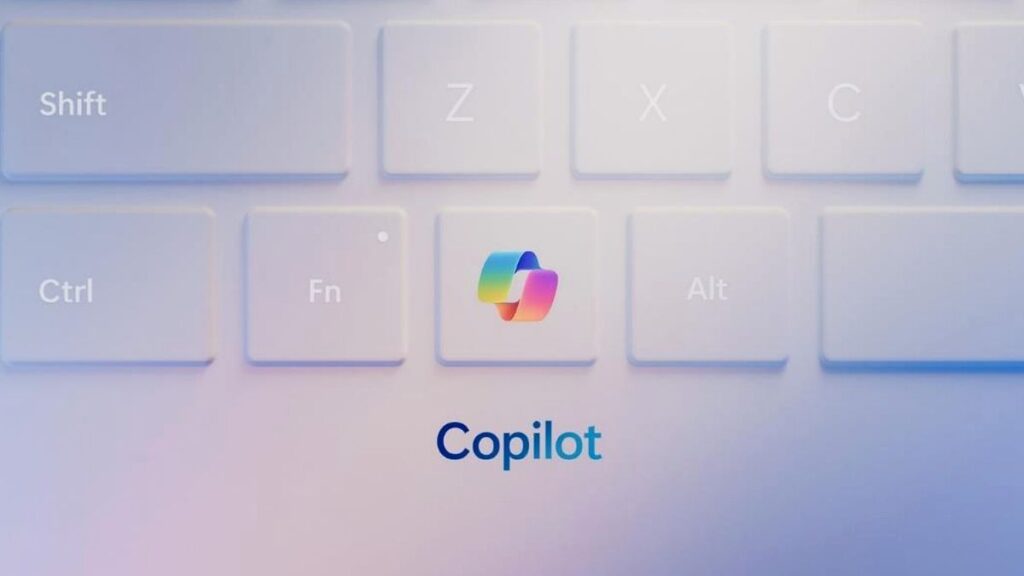
Microsoft should not rely on Windows Copilot as the replacement for the new Start button.
While Copilot is evolving into a potent tool, Microsoft should avoid placing all their bets on it as the primary method for people to interact with their PCs.
Microsoft has ambitious plans for its Copilot AI assistant. In 2023, Copilot took center stage, with Microsoft expressing a desire for it to become as significant as the introduction of the Windows Start button. The envisioned role for Copilot extends beyond being a chatbot, aiming to assist users in system management. Presently, however, its functionality falls short of surpassing a typical ChatGPT-based chatbot.
Although Microsoft hasn’t explicitly declared intentions to replace the Start button with Copilot, it envisions users employing it to open apps, manage their PCs, and seek answers to queries. Demonstrating confidence in its potential utility, Microsoft has incorporated Copilot into the Windows taskbar in current preview builds.
The aspiration to position Copilot on par with the revered Start button is ambitious, as users hold the latter in high esteem. While acknowledging Microsoft’s commitment to integrating AI into Windows, I remain skeptical that Copilot will attain the same level of influence as the Start button. Furthermore, I believe Microsoft would be wiser not to aggressively promote Copilot as the primary method for users to interact with their PCs.
The Start menu is already a dependable and essential component.
It allows you to effortlessly carry out intricate tasks.
When I access the Start menu, my objective is typically to navigate to Windows settings or execute a command through the integrated Windows Search feature. The Start button is my go-to for various tasks, providing the necessary tools for any job. In case of errors, it usually stems from my own misapplication of those tools. Additionally, I enhance and customize it further using apps like Start11.
With Copilot, there’s a potential for misinterpretation of my intentions. It’s akin to the distinction between personally executing a task and delegating it to someone else. While I can envision using Copilot for straightforward tasks like adjusting system volume, launching an app, or creating a new Word document with a specific name, the Start menu will remain my primary workhorse for more intricate tasks, ensuring I achieve precisely what I need.
Microsoft has attempted a similar approach in the past, and the outcome was not particularly impressive.
Certainly, I remember. The last attempt by Microsoft to introduce a feature with the aim of reshaping how we interact with our PCs was called “Cortana.” It functioned as an assistant, akin to Alexa on Amazon Echo devices, capable of executing tasks based on voice or typed commands. Microsoft endeavored to integrate Cortana across its systems, including a version for the Xbox.
However, Cortana did not resonate with users. Although people gave it a try and acknowledged its capabilities, many eventually disabled it, opting to continue using the familiar Start menu. I am skeptical that people will readily embrace Copilot simply because it promises to be a more intelligent version of Cortana. Even for those who choose to keep it enabled, I doubt it will replace the Start menu as the preferred method for navigating their PCs.
There are privacy concerns among users regarding Copilot.
Not everyone is enthusiastic about relinquishing their information to AI.
If Microsoft truly aims for Copilot to become the AI equivalent of the Start button, it must address concerns regarding user privacy. The requirement for an internet connection raises valid worries about the destination of user data when using Copilot. The lack of transparency regarding data storage and the uncertainty about what information Microsoft retains during Copilot usage are substantial issues.
Given the choice between utilizing an always-online service to manage their PC and manually handling tasks through the PC’s settings, privacy-conscious individuals are likely to opt for the latter. It wouldn’t be surprising if one of the first actions for such users after installing Windows is finding a way to disable or uninstall Copilot. For this demographic, the concept of navigating a PC through an online-based AI is a cause for concern, and Microsoft should respect their choice rather than compelling them to use Copilot.
While Copilot boasts impressive features, it doesn’t necessarily have to be positioned as the next Start button. Microsoft’s efforts to promote Copilot are commendable, with enhancements like GPT-4 Turbo and DALL-E functionality, as well as accessibility through web browsing, document writing, and mobile apps. However, instead of forcefully integrating Copilot into the core computer workflow, Microsoft should focus on refining the service and allowing users to naturally adopt it. Encouraging organic adoption is likely to be more effective than attempting to position Copilot as the definitive replacement for the iconic Start button on Windows.